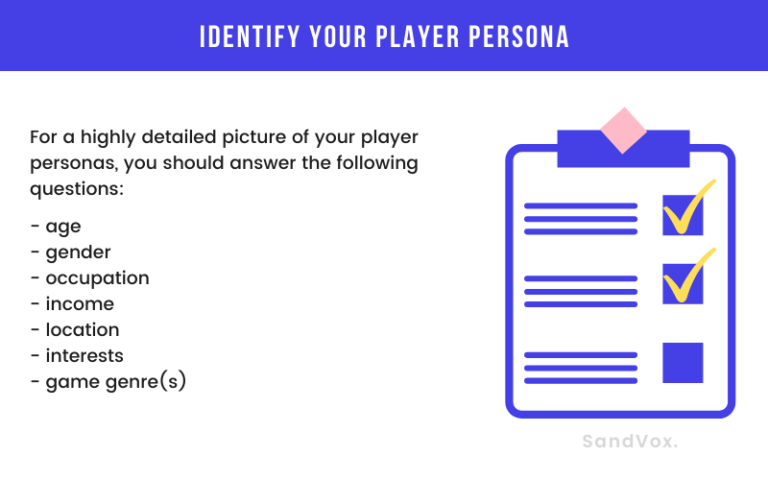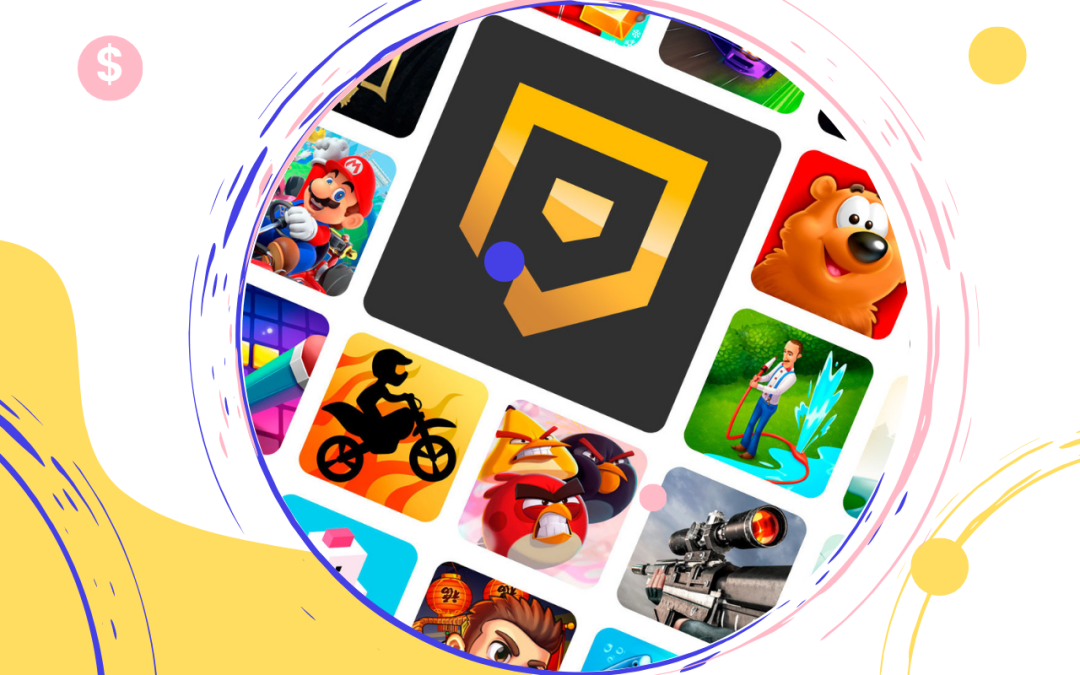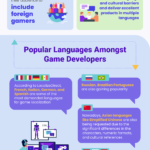Speaking about brand voice is like speaking about a person’s voice. Let’s think for a moment about how you interact with people around you. Maybe you have a shy sister or a crazy brother. Or your dad might be a very calm person, while your uncle could be a very strong-willed one. And the examples can continue. And even if you don’t realize, your behavior and the way you interact with each of them is different and corresponds to their personality.
This happens also with brands. Each product, service, or business has its own personality that creates feelings and connections. Here are some examples of well-known brands:
- Tesla – innovation, breaking the rules, changing the world
- Apple – fresh, young, inclusive, easy to use, advanced
- Nike – confident, powerful, challenging, cool
These brands mustn’t explain their personality anymore because they built their brand voice and personality over the years of communicating and interacting with their target audience and customers.
That’s why good branding is important for every industry, and the gaming industry doesn’t make exceptions. More than that, gamers are a very distinctive audience and can immediately identify their favorite brands.
Therefore, the game industry is not just about playing and having fun. As a game developer, you need to work hard – and smart – if you want to help your audience identify and connect with your brand so that they become not only players but also supporters of your game.
And branding your game is a crucial part of your business strategy – one you can’t afford to miss. This post is the first of a five-part series that details what you need to do to successfully market your video game.
What is a brand identity and why does it matter?
Generally speaking, brand identity is the cohesive look and feel of your company and brand. It’s what gives the target audience that familiar experience whatever product or service of yours they use.
Brand identity includes the fonts, logo, recognizable color palette, as well as any visual and written content you use to create the entire experience for your customer. As your brand evolves, your entire image can also change in time.
What is the brand voice?
When creating a brand, you can’t just think about how it looks like. You also must consider how you want to interact with your players. And this aspect belongs to your brand voice.
In other words, your brand voice is the personality you present to the world. You can consider it as a fictional persona that outlines the character, values, and attitude your brand wants to showcase to your audiences.

It also includes the ideas and the emotions you convey to your players, helping you to define your communication and interaction with customers on any given level.
And while your brand identity is mostly visual, your brand personality relates more to your tone and voice. And these will remain the same during the time.
What are the benefits of having a distinct brand voice?
A clear and distinct voice for your brand has a multitude of benefits, including:
An identity your players can recognize
Just as strong personalities help people stand out from the crowd, a clear and distinct brand voice helps your business and your game set apart from the competition. As result, your potential players are more likely to recognize, engage with and choose you.
Stronger relationships with your public
Especially in the gaming industry, your relationship with your audience and players depends on the connections you create with them. When you have a consistent brand voice, each piece of content you deliver (from the website to playing guides, to blog posts and social media posts) reinforces your game’s personality, style, and values.
In time, your fans learn to recognize you, and what to expect when interacting with your products. They start to trust you, resulting also in brand loyalty.
Memorable personality traits
When your game has a defined and consistent brand voice, along with the identity visuals, you can control the personality and message conveyed to your fans. In time, these traits make you stand out from the crowd and help your customers to remember your brand, your playing, and all other collateral products you might add to your game and business.
More cost-efficient marketing
When your branding is consistent, you don’t need to set your identity and brand voice whenever you publish a piece of content, no matter which is that. Due to the repeated exposure to your brand personality, your audience learns your values, who you are, how you act, and what to expect from you. This way they resonate and engage with your brand and, ultimately become your game’s fans, players, and brand advocates.
Now that you understand what brand voice is, why it’s important and which are the general “rules” for using one that works, let’s see how you create yours!
How do you create your brand voice?
Here is a list of steps to implement for coming up with an authentic branding voice for your game and business.
Step 1: Review your mission statement
Before setting up any element of your brand personality and identity, you need to review your mission and vision. Ask yourself: Why did you create that specific game? And what will you accomplish when localizing your playing? When answering these questions, be aware that your brand voice will constantly emphasize and reinforce specific characteristics of your business. That’s why you’ll want to make sure that the way you interact with your audience is connected to your core values.
Remind yourself:
- why you are involved in the gaming industry
- why you started your gaming business
- which are the values sitting behind everything you do – from game development to localization strategies you design to social media networks you use to connect to your fans
Step 2: Identify your potential audience and listen to them
In our previous post, we told you that identifying your target audience is a crucial step for your business. And we can’t stress enough with this. Who are your gamers and what do they look like? Are they males or females? How old are they? Are they business-oriented or committed to a family?

If you already have a not very well-defined audience, it might be a good time to learn more about your players. The best way? Ask them!
You can create a poll or a contest and send it to your email database or share it on social media. Try questions like:
- Describe our game in (many words do you think are appropriate to understand your customers’ perception of your product) words.
- If our playing were a person, who would it be?
- Do you think our tone fits with our game?
Once you get responses, pay attention to the overlapping between what they’ve said and what you’ve stated about your brand. If both are on the same page, then you know that you are on the right track! If not, it’s time to make some adjustments.
Step 3: Research your competition
With so many games launched every year, it’s almost sure that at some point you and your competition could target the same audience. That’s why you must research your competitors.
How do they talk to their/your target audience? What’s their tone of voice? Do they have one?
Tip: if – when reading their content – you can “envision” who their brand would be (as a person) in the first couple of minutes, they probably use a sort of brand voice.
Now, it’s your turn: should you take a similar approach with your audience, or it doesn’t match your own brand mission? You can also check their presence on social media to get an idea of whether their voice is landing with their audience or falling flat.
Even if you don’t speak in the same way as your competitors, it’s important to know their failures and successes, so you can think about new ways to address your audience.
Step 4: Audit your current content
If you already have branded content, it’s time to evaluate what you’ve done so far.
Make sure to check your:
- website
- blog posts
- landing pages
- videos
- social media
- advertisements
and note down all the similarities and the discrepancies in your content. Are some posts heavy, while others seem silly and light; are certain words or some themes you frequently use?
Once you review the existing content, analyze the language and tone you used. Evaluate which of your posts had the best engagement, and which did not, and try to see if there are similarities between them.
Step 5: Write down who you are and how you’re going to communicate
As your brand voice is an important part of your overall brand personality, describe it using clear details and concrete adjectives. What does your brand sound like when it speaks? What vibe does it provoke?
When you have all of these written, you can come up with 3 adjectives that describe your brand. Choose words that encompass all the main characteristics important for your game personality.
Step 6: Test your voice, review, and adapt it
After defining your brand voice, use it. Write some content using your new tone and ask a group of people who know your business well what they think. Then evaluate how your brand voice and tone fit with other elements of your brand. If everything works harmoniously together, make sure you’re getting “consistent” and don’t confuse your audience with what you say.
Step 7: Create guidelines to ensure brand consistency
When it comes to your branding voice, consistency is your key to success. Any content you publish needs to be in line with your voice so that your public can know it, love it, and learn to rely on your brand to deliver what they expect.
To ensure this consistency you need to set brand voice guidelines that explain how your voice must sound in different contexts. In the long run, they will help your brand stay consistent regardless of the platform you are using and the context.
Final word
The key to efficiently marketing your game is to understand your target audience. Once you do that, you’ll be able to develop a brand voice and personality that speak directly to them. As long as you are consistent and take the time to create content that engages them, your brand will help you sell games and build loyalty among your customers.






